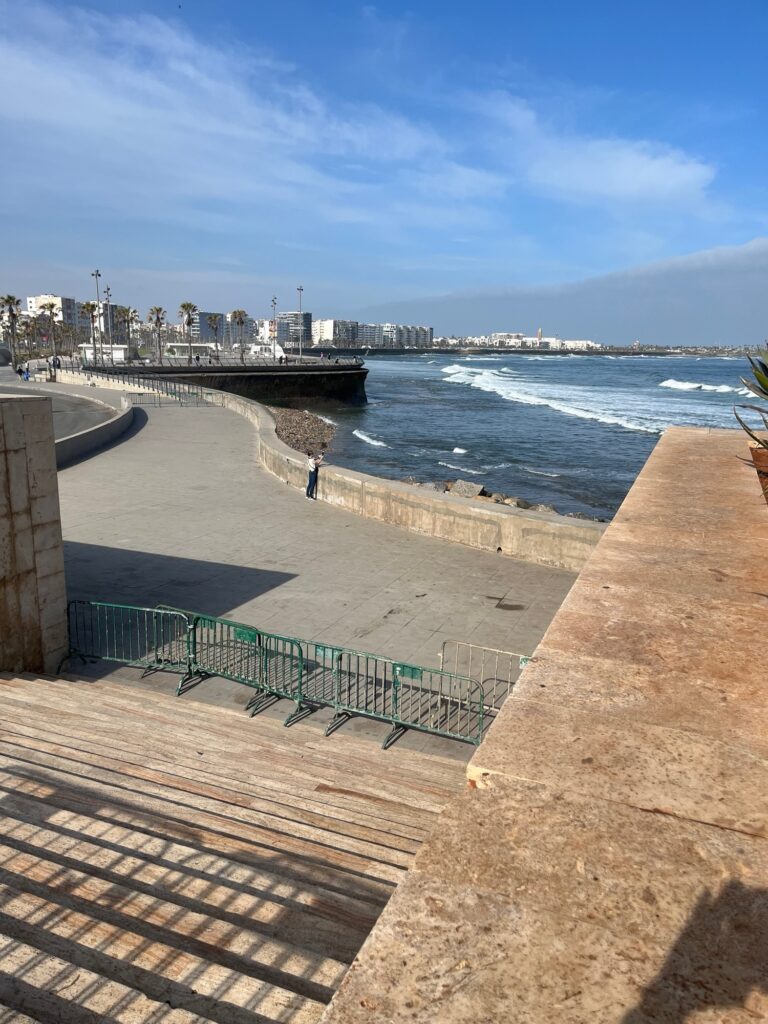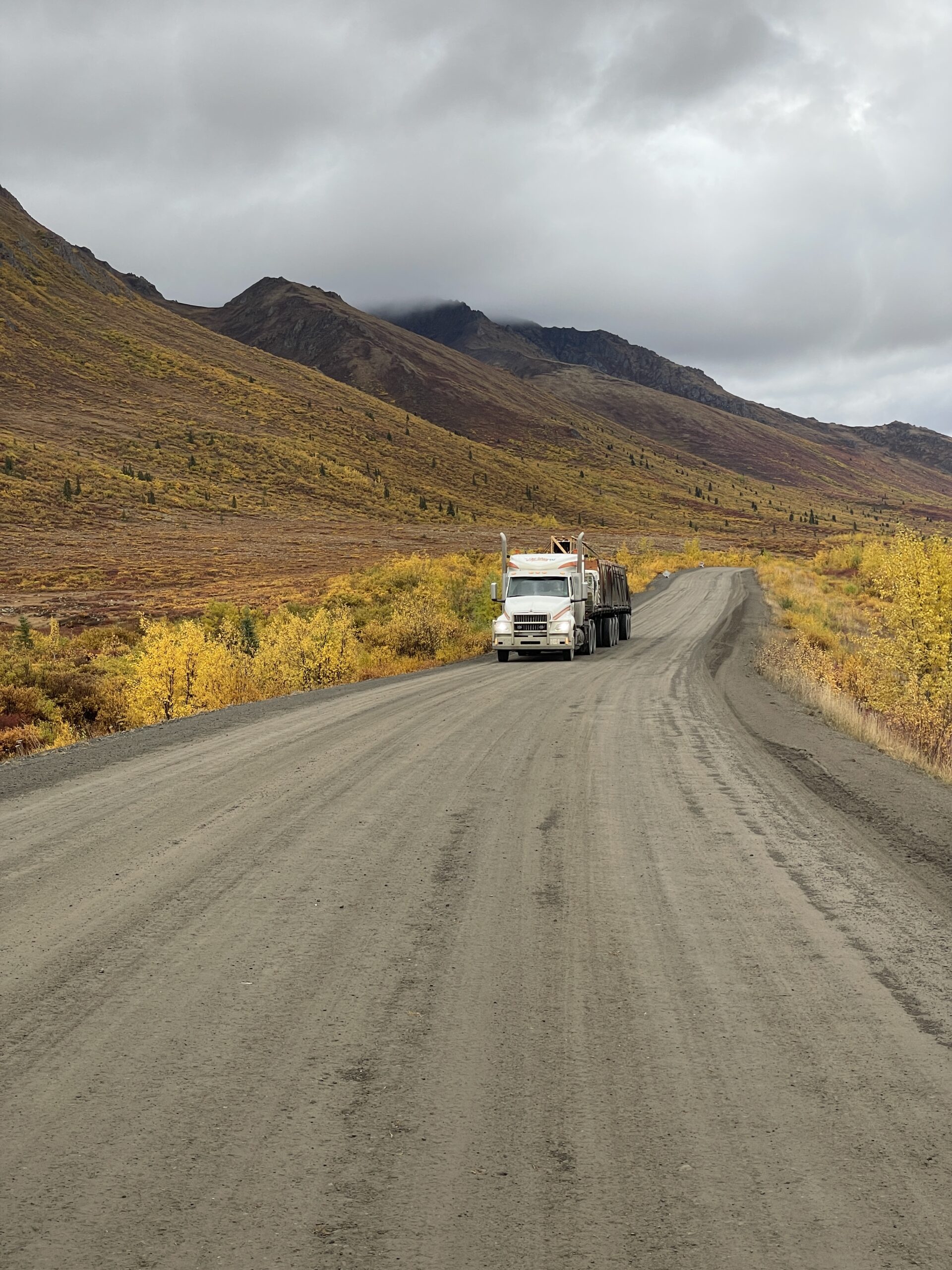A Tale of Two Mosques`
To fly from Montreal to Casablanca, you must set off on the great circle route, on the way to Europe. Past Anticosti Island, the plane leaves its Europe heading and overflies Cape Race, the site of the old telegraph station that linked Atlantic going ships to America, and which picked up the Titanic’s first distress calls. You have flown 1600km, but you are still over Canadian soil! Here you set out over the gray and cold Atlantic. An unbroken ocean expanse of 4,000 km lies ahead. After crossing the waters of the Grand Banks, the next landfall is Africa. It is true, you pass by the Azores and Madeira, but they lie at least 600 km to the south; you never see them. Five hours after leaving Cape Race, the lapping waters of the Atlantic wash up on the shores of Morocco, at Casablanca. And at this exact point of landfall, if the day is clear, you will see a remarkable structure, green roofed and made of marble, rising as though out of the ocean itself, looking like a modern dream.
This is the Hassan II mosque, constructed in 1993. There is no point in showering you with details of its construction, or comparing it to other mosques (it’s the 14th biggest in the world). It cost one billion dollars to build, paid largely through private subscriptions.

Inside the great prayer hall hanging chandeliers, imported from Murano, are the size of a compact car. The entire space is airy, like a great gymnasium. It is vast, but comforting at once. I had an almost irresistible urge to run freely through it, like a small child. This building had on me, a non Muslim, its intended effect, imparting a sense of wonder, grandeur, stillness and serenity, all at once.
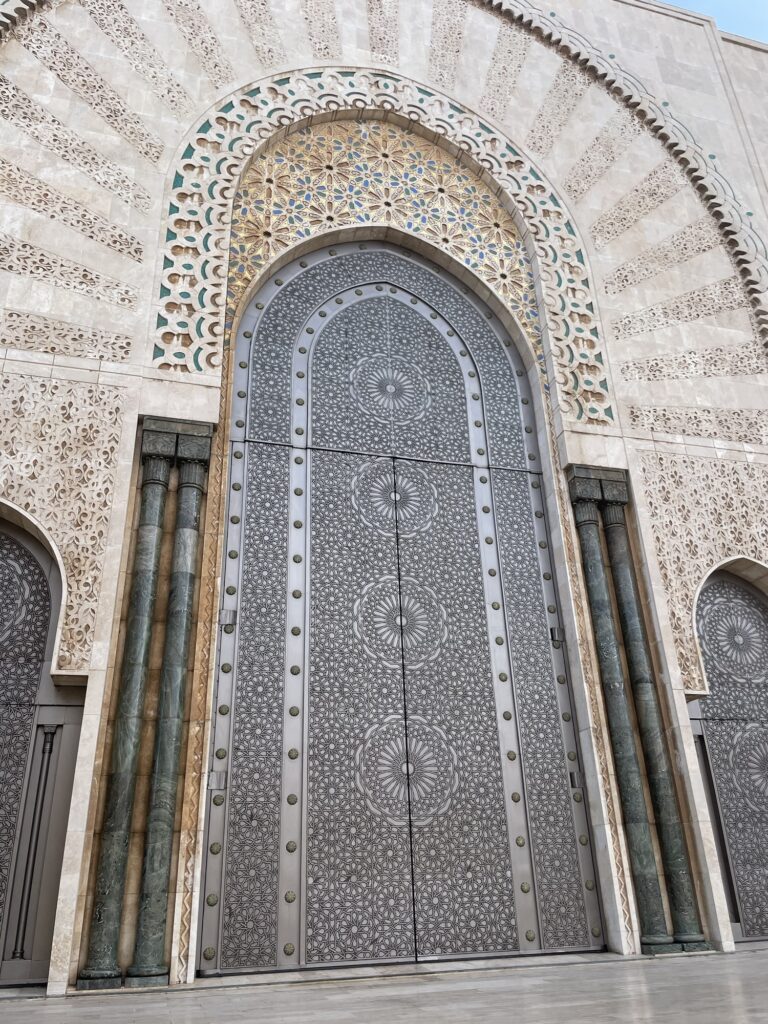
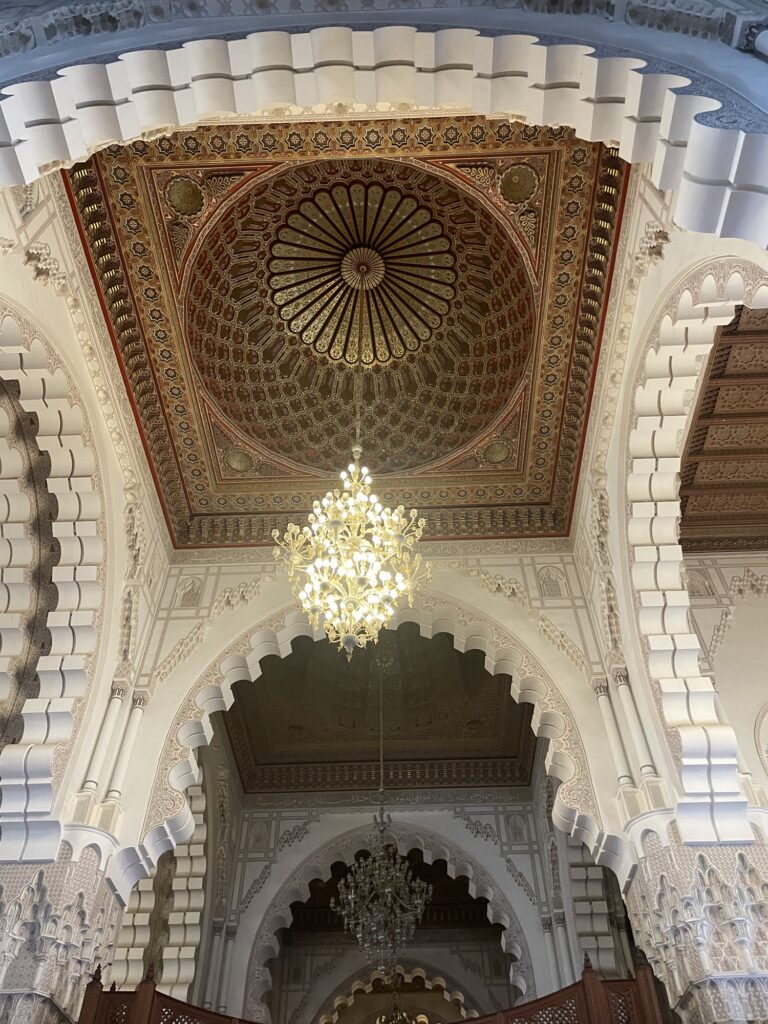
The roof above, made of what seems traditionally Moroccan green tiles, is in fact made of cast aluminum and is retractable—all 1100 tons of it. Tens of thousands of artisans contributed to the mosque, and the intricacy and details inside are astonishing, even overwhelming. Each corner, cornice, doorway, and balcony is a small work of art in itself. And there are thousands of these in the building.
The minaret outside towers over 600 feet. It is square, the tradition of Morocco, where the minarets first served a military purpose as watch posts, as well as a place to make calls to prayer. Scattered throughout Morocco are thousands of mosques, each looking like a tiny miniature of the Hassan Mosque. But of course, I have this reversed—the Hassan mosque is a kind of compilation of all the archetypical features of the Moroccan mosque, distilled, super-sized, and made richer and grander.
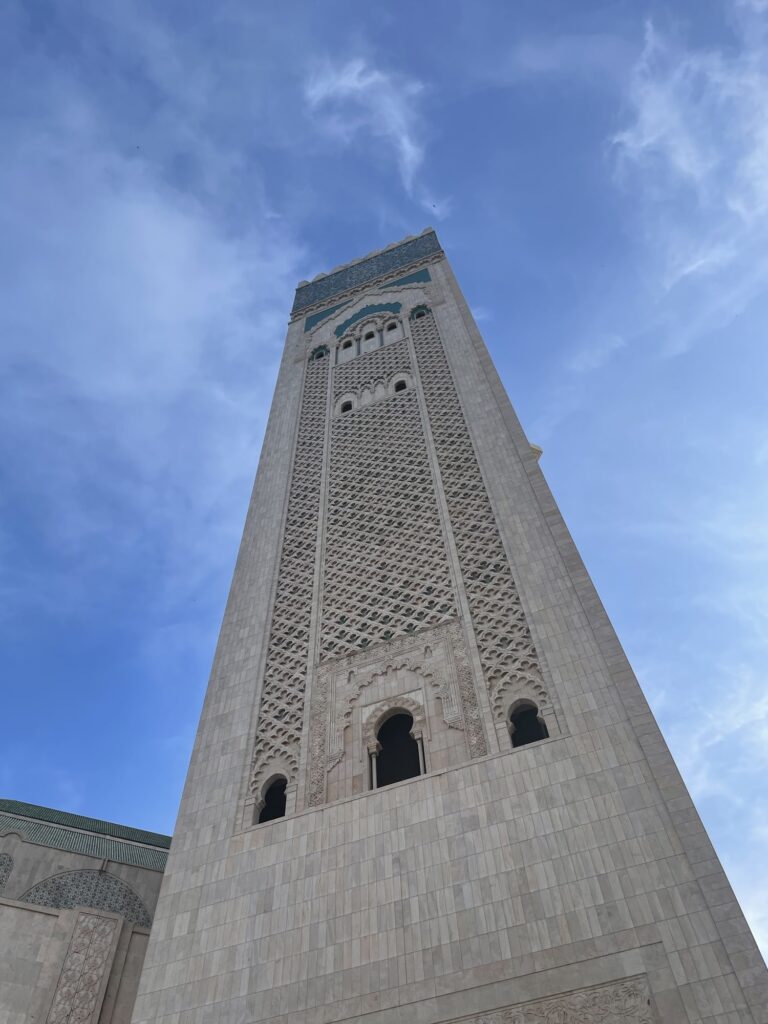
The great square minaret stands over a large stone concourse which can hold 80,000 worshippers. It is not as serene as, say, the Taj Mahal. Instead, it has a wild and whipped feeling, with stiff breezes, skittering off 4000 km of ocean playing over it. The intention was to allow worshippers to benefit from the fresh ocean breezes, but the Atlantic is cold, especially in April when we visited. While there is nothing between us and Canada, I am reminded that at one time, the two coasts were conjoined, and Cape Race was just adjacent to the mosque. But the immensity of time has seen to it that they are far separate now.
Six thousand kilometers to the east, another mosque rises. Its location is non-descript, buried among a nest of modern buildings in Abu Dhabi. More expansive, more costly, more elaborate than the Hassan Mosque, some regard it as the most beautiful in the world. It is hard to argue objectively against this. It has eighty-two domes, over a thousand columns, golden chandeliers, the largest handwoven carpet in the world. I could go on, but you get the picture—it has the best of the best.
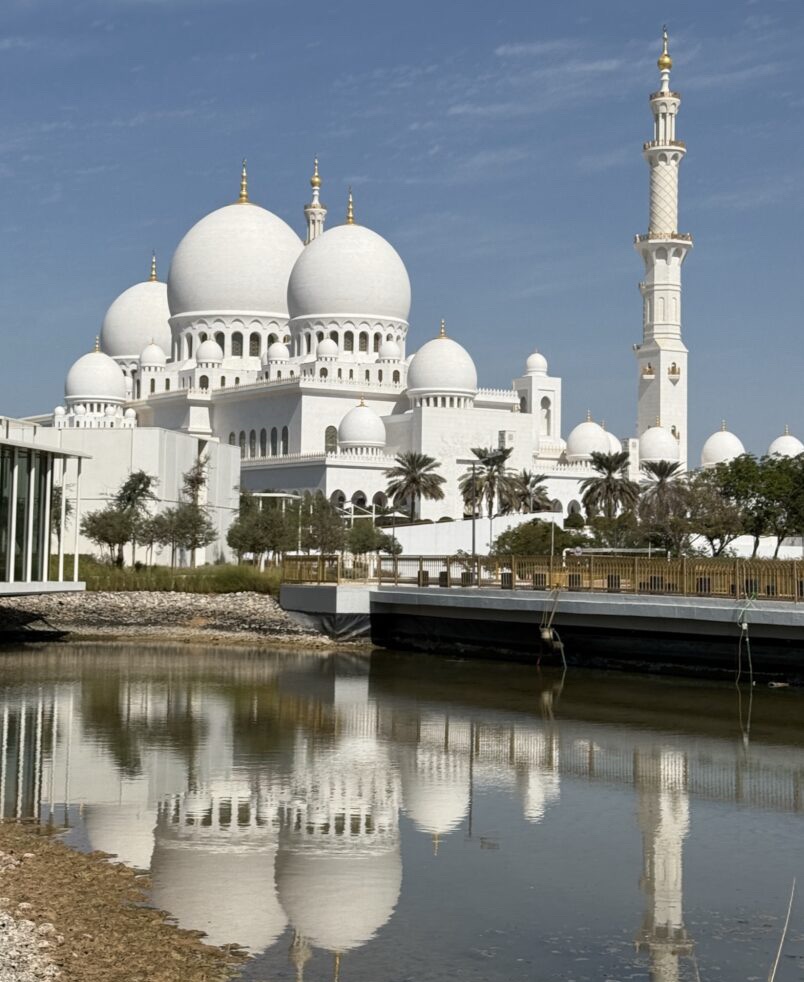
But in contrast to the rugged beauty of the Hassan II mosque, this one has an almost soulless grandeur. Velvet ropes cordon off the visitors, endless lines of them. A Starbucks, McDonalds and Tim Hortons are in the concourse on the way to the mosque. The eye sees flawless grandeur and beauty; the heart remains unmoved.
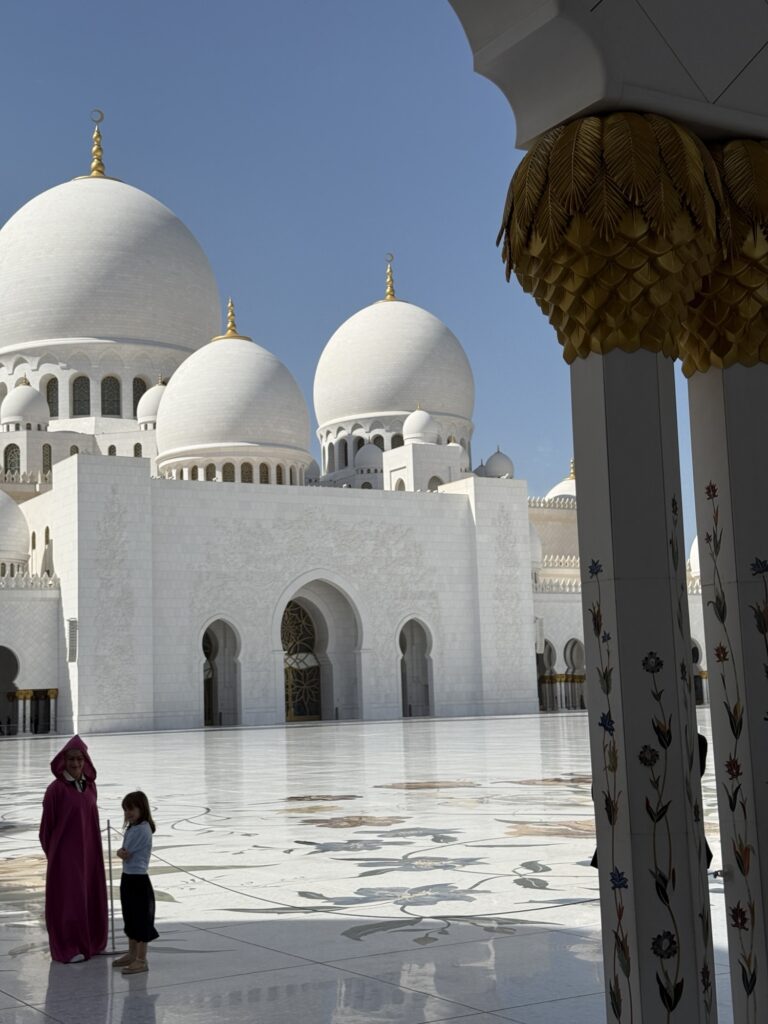

In a sense, this mosque is a metaphor for all the United Arab Emirates, pristine, without grit or a sense of place, an artificial and constructed landscape. It does not seem to have the feeling of belonging, as though it fell to earth randomly. The Hassan mosque feels like it belongs exactly where it is, on that glorious spot overlooking the ocean, the border of Morocco with the rest of the world.
Hovels surrounded the great cathedrals in Europe at the time of their construction. The Hassan mosque is no different. While modern Casablanca lies just beyond it, so does the oldest part of Casablanca, once a medina, and now a very broken down and poor quarter of dirty alleys and broken buildings, in what was once a thriving area.
A web of brand new highways and the never ending construction sites of Abu Dhabi predictably surrounds the Sheikh Zayed Mosque.
I am unsure of the reasons for my reactions to the grander Sheikh Zayed Mosque. Was it a general unease with the Emirates and their modern yet reactionary states? Was it, strangely, a surfeit of beauty, like an overdressed, foppish person? Considering the tremendous collaborative effort of artisans, architects, and builders, and the extraordinary materials scoured from across the globe, all working together in perfect harmony, it would seem churlish and insensitive to remain emotionally unaffected.
But that is what I felt, and so in this tale of two mosques, I would return to the Hassan mosque, and not likely the other.
Islam and perhaps Hinduism remain the last religions to construct buildings on such a scale. In our modern Western society, what has taken over this urge to build magnificent edifices to celebrate spirituality? Perhaps certain structures like opera houses, museums? Indeed, a significant amount of energy is dedicated to the construction of tall, soulless, and glittering office towers, which, while often inspiring because of their sheer height, ultimately cannot evoke a deeper sense of inspiration.
So visit these outposts of Islam, and perhaps in Abu Dhabi you will find the eerie beauty and wonder that eluded me; I am sure on the shores of the Atlantic in Casablanca it will not.
